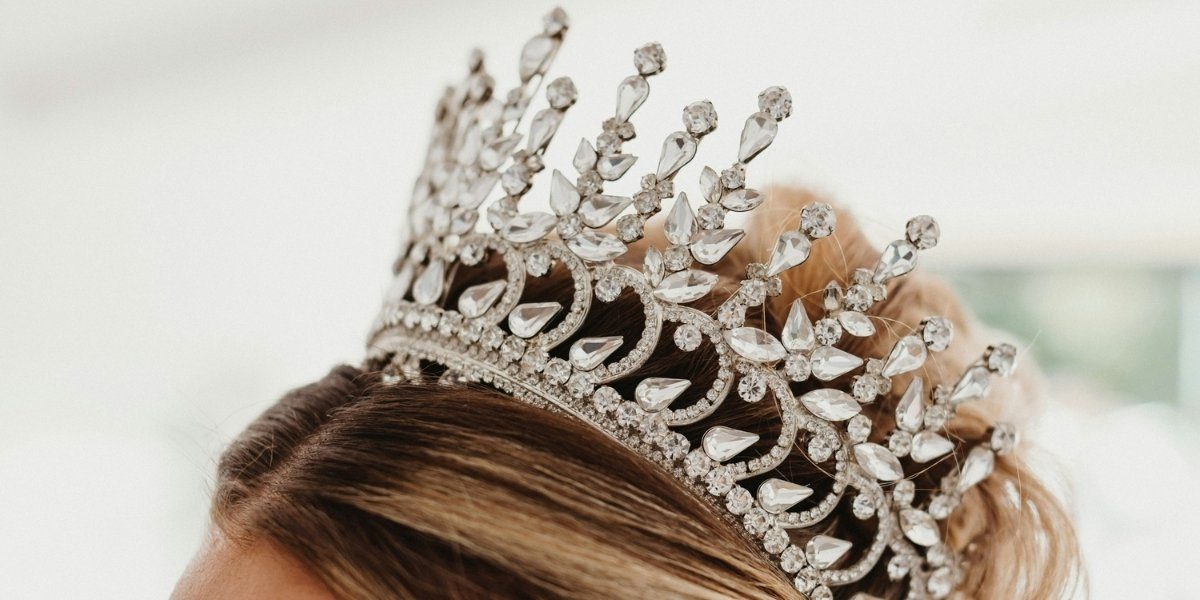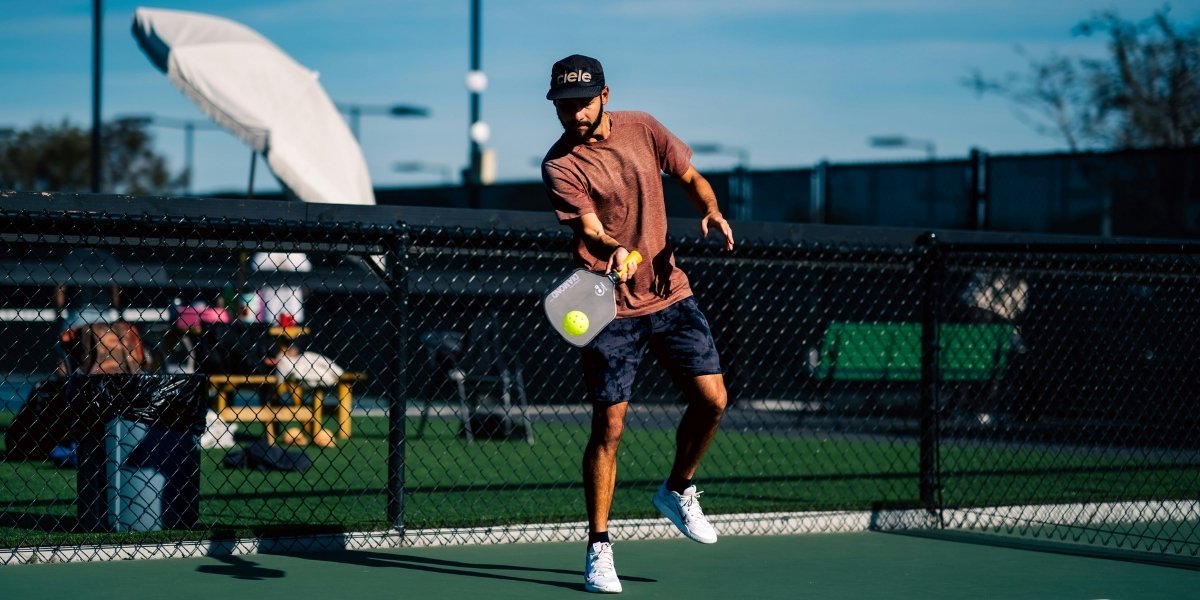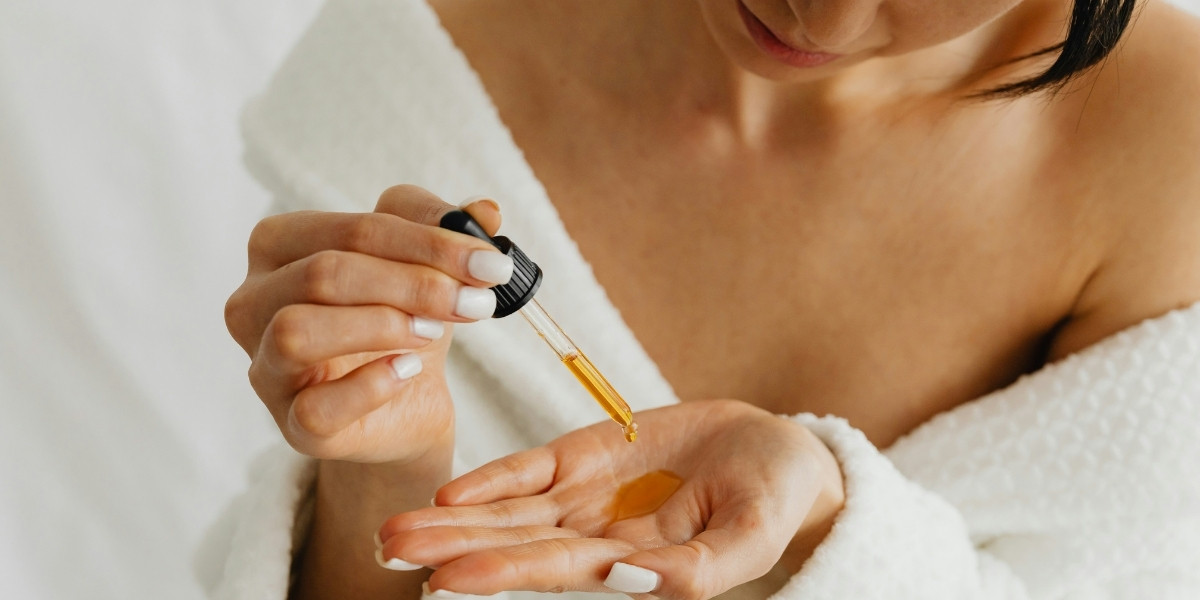What Are the Historical Roots of Beauty Pageants?
The tradition of beauty pageants has deep historical roots, tracing back to ancient civilizations where beauty contests were often used as symbols of power, fertility, and status. In modern times, beauty pageants emerged as formal competitions in the late 19th and early 20th centuries, becoming an essential cultural institution in many countries. These contests began as ways to showcase feminine ideals, and over the years, they evolved to include talent segments, interviews, and community service elements, transforming into the global events they are today.
Read Also: Essential Knowledge Before Hiring a Personal Injury Lawyer
The first major beauty pageant, Miss America, debuted in 1921, becoming a significant milestone in the history of pageants. Its influence spread worldwide, prompting the creation of international competitions such as Miss Universe and Miss World, both of which showcase not just beauty but personality, intelligence, and social contribution. The history of these pageants reveals how they have been intertwined with broader societal changes, from women’s rights movements to shifts in global media.
How Is the Beauty Pageant Competition Structured?
Beauty pageants are often structured around local preliminaries that lead up to national and international stages. Contestants compete in a series of categories designed to test different aspects of their public persona. Typically, these include swimsuit or evening wear segments, where physical appearance is evaluated; talent performances, which highlight skills such as singing, dancing, or speaking; and interviews, where contestants are assessed on their communication abilities, intelligence, and personal values.
The judging criteria can vary from competition to competition, but there are consistent themes across most pageants. Physical appearance continues to be a dominant factor in many pageants, particularly in the early rounds, though more modern contests have shifted toward evaluating overall poise, charisma, and contributions to society. Contestants often face months of preparation, including physical training, makeup tutorials, and interview coaching, to ensure they are ready for the demanding nature of the competition. This rigorous preparation speaks to the level of commitment required to succeed on these stages, which are often televised to a global audience.
What Role Do Beauty Pageants Play in Shaping Cultural Ideals?
Beauty pageants have long been a reflection of societal ideals of beauty and femininity. For decades, they have showcased a standardized image of physical attractiveness, often featuring contestants who conform to Western ideals of slimness, height, and symmetrical facial features. These standards, however, are not universal and are often shaped by the cultural values and beauty norms of the host country.
In countries like the United States, beauty pageants have been closely linked to ideals of femininity, where grace, charm, and physical allure are highly valued. However, in other parts of the world, pageants have taken on additional meanings, reflecting local cultural preferences and the evolution of beauty standards. For example, in some Asian countries, beauty pageants celebrate not only physical appearance but also traditional values and the ability to represent national pride.
The cultural significance of beauty pageants can also be seen in their role in shaping national identity. For many countries, having a Miss Universe or Miss World titleholder is a source of national pride and prestige, demonstrating to the world the country’s beauty, grace, and capability. In these contexts, pageants are not just beauty contests; they are platforms for representing a nation on the global stage.
How Are Beauty Pageants Evolving with Inclusivity and Changing Beauty Standards?
Over the past few decades, beauty pageants have faced increasing scrutiny and criticism for promoting narrow beauty standards. Traditionally, many pageants were critiqued for their emphasis on a singular image of beauty, which often excluded women of different body types, ethnicities, and backgrounds. This led to growing calls for greater inclusivity and diversity within the pageant world.
In response, some beauty pageants have evolved to reflect a broader range of beauty standards. For example, contests such as Miss America and Miss Universe have introduced new categories and criteria that embrace diversity in all its forms. In 2018, Miss Universe introduced the first transgender contestant, and other pageants have followed suit, increasing acceptance of women of all backgrounds. Additionally, some pageants have also shifted their focus to include talent and character as central judging criteria, emphasizing a more holistic view of what it means to be a “winner.”
Despite these shifts, there remains controversy around the continued objectification of women in many beauty pageants. Critics argue that even modern pageants, which claim to emphasize empowerment and diversity, still prioritize physical appearance over other qualities. The challenge for the pageant world, therefore, lies in balancing these evolving ideals of inclusivity and empowerment while continuing to remain relevant in a changing society.
What Are the Controversies Surrounding Beauty Pageants?
Beauty pageants are not without their controversies. Historically, these events have faced criticism for their emphasis on physical appearance and the objectification of women. The portrayal of contestants as “perfect” or “ideal” can perpetuate harmful stereotypes and unrealistic beauty standards, especially in societies already struggling with issues of body image and self-esteem. This has prompted discussions about the role of pageants in reinforcing harmful ideals.
Additionally, beauty pageants are sometimes criticized for perpetuating gender stereotypes, particularly in the way they judge femininity. The traditional focus on swimsuit rounds and evening wear often reinforces the idea that women’s value is largely based on their looks. Feminists and social activists have long challenged these formats, advocating for pageants to evolve into more empowering and inclusive spaces for women of all types.
However, the global popularity of these events also demonstrates their widespread appeal. Many see beauty pageants as empowering opportunities for women to showcase not only their beauty but their intelligence, personality, and values. The evolution of these competitions, including changes in judging criteria and the embrace of diversity, reflects broader societal shifts toward gender equality and cultural acceptance.
Read Also: Exploring the Emerging World of Nail Polish and Design for Men
The Future of Beauty Pageants in Society
The world of beauty pageants is complex and multifaceted, shaped by historical traditions, cultural significance, and ongoing controversies. As pageants continue to evolve, they must find ways to balance tradition with inclusivity, ensuring they remain relevant and reflective of contemporary societal values. Beauty pageants offer both opportunities for personal growth and a platform for societal critique, serving as a mirror to how ideals of beauty, femininity, and national identity continue to shift in a globalized world.
While challenges remain, particularly regarding the objectification of women and the need for greater inclusivity, the future of beauty pageants lies in their ability to adapt to changing norms. As cultural values continue to evolve, beauty pageants have the potential to become more inclusive, empowering, and reflective of the diverse and multifaceted world we live in.







